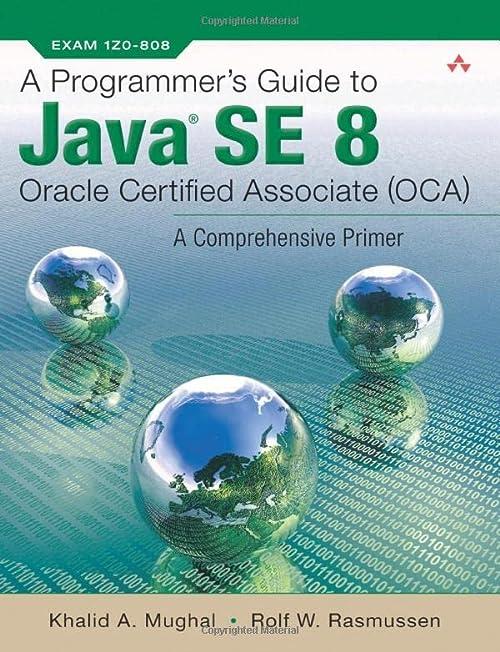Question
Consider the following Java code: interface I { int f(); int g();} abstractclassCimplementsI{publicintf(){return3;}} class D extends C{ public int f() { return 7; } public
Consider the following Java code:
interface I { int f(); int g();}
abstractclassCimplementsI{publicintf(){return3;}} class D extends C{
public int f() { return 7; }
public int g() { return f() + 5 * super.f(); }
}
class E extends D { public int f() { return 11; } } classFextendsE{publicintf(){returnf();}}
//... in some other class, perhaps in main() ... final I x = new D(); System.out.println(x.g()); final I y = new E(); System.out.println(y.g());
a. 1What does this code print? (the twoSystem.out.println()'s)
b. 1 What are the static (compile-time) and dynamic (runtime) types ofx?Static: Dynamic:
c. 1 What are the static and dynamic types ofy?Static: Dynamic:
d. 1In the context of the code above, what happens when you evaluate theexpression
new F().f() (this is legitimate "method chaining")? If there is any problem, what causes it?
Step by Step Solution
There are 3 Steps involved in it
Step: 1

Get Instant Access to Expert-Tailored Solutions
See step-by-step solutions with expert insights and AI powered tools for academic success
Step: 2

Step: 3

Ace Your Homework with AI
Get the answers you need in no time with our AI-driven, step-by-step assistance
Get Started


